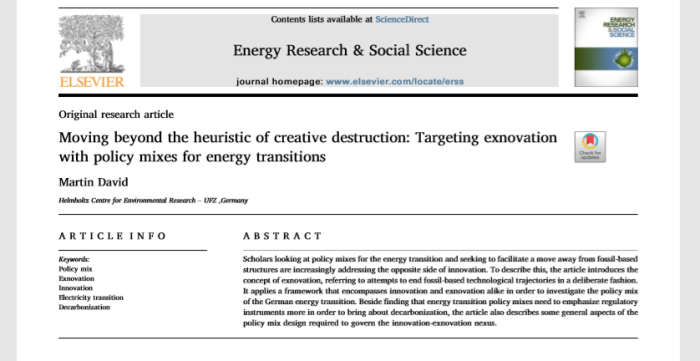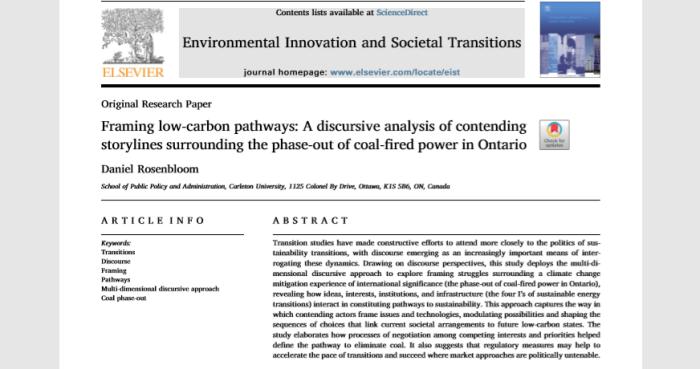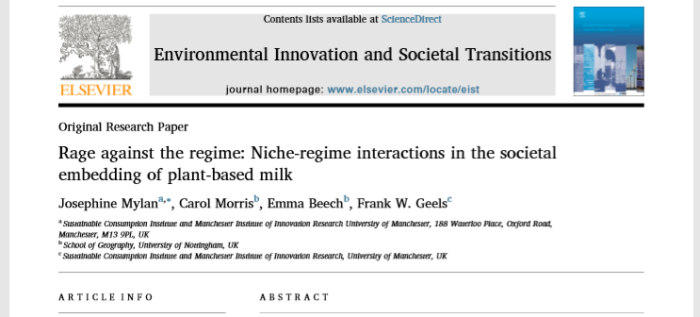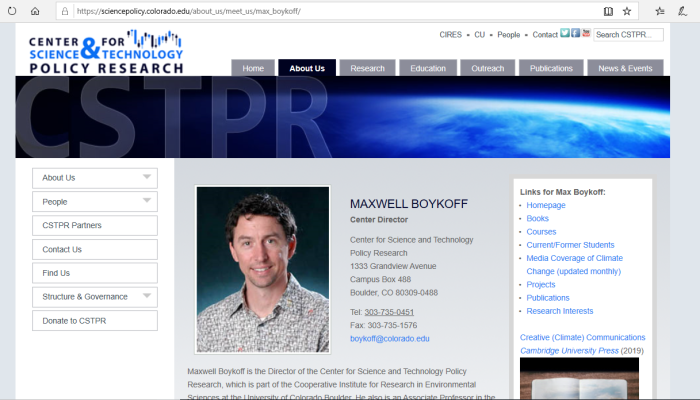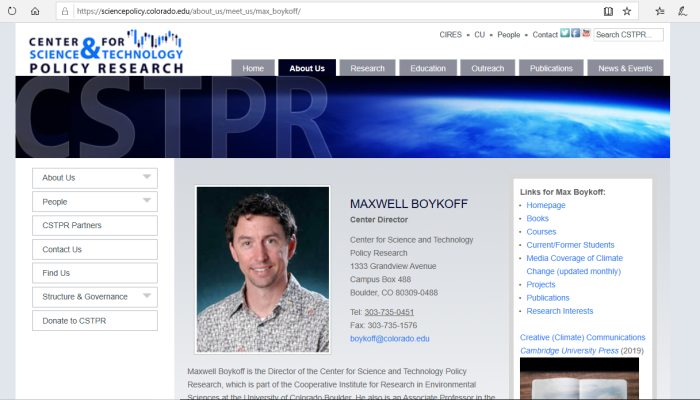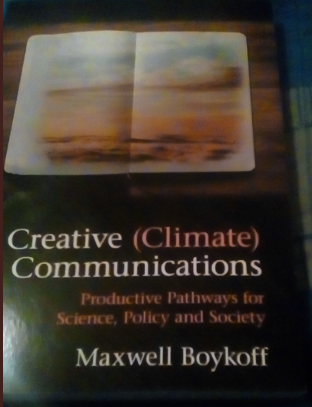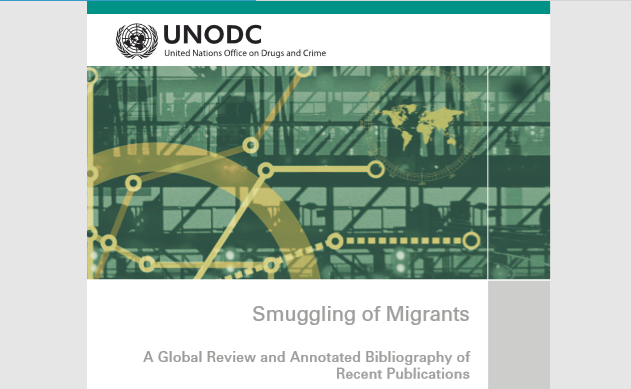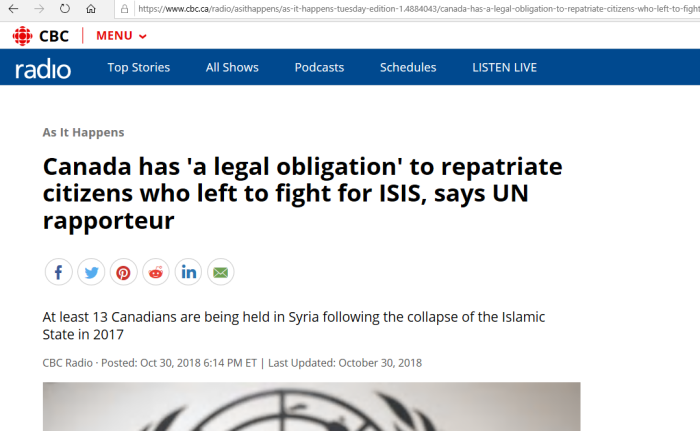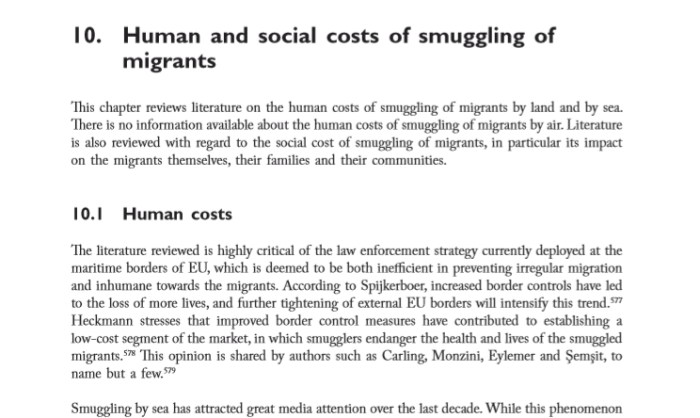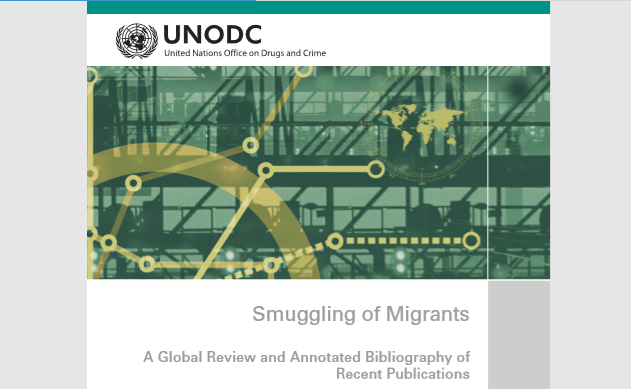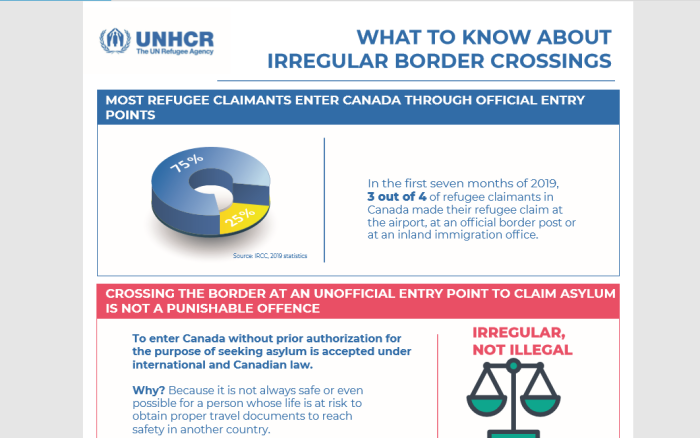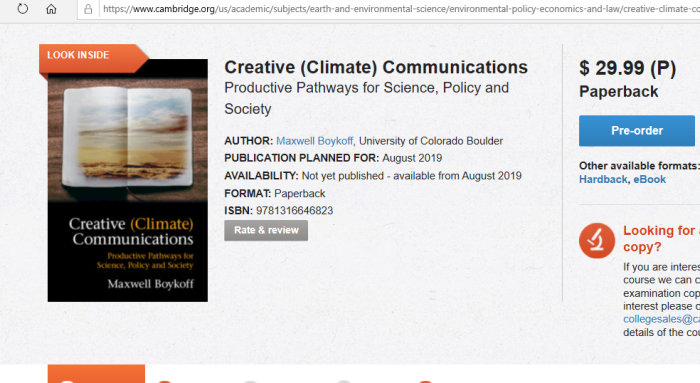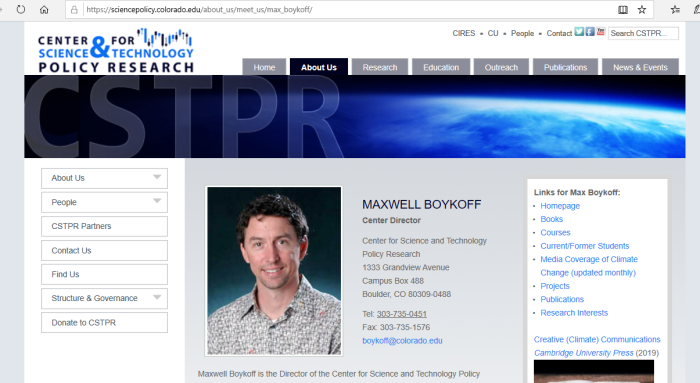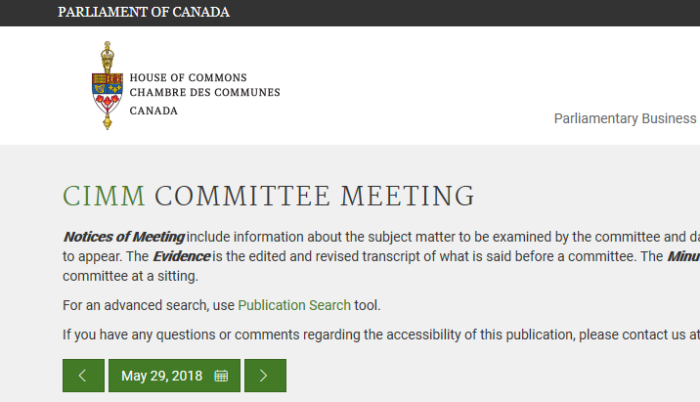
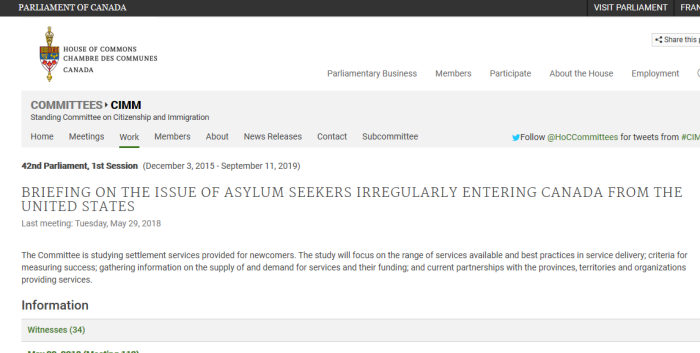

1. Mass LEGAL Immigration In Canada
Despite what many think, LEGAL immigration into Canada is actually a much larger threat than illegal aliens, given the true scale of the replacement that is happening. What was founded as a European (British) colony is becoming unrecognizable due to forced demographic changes. There are also social, economic, environmental and voting changes to consider. See this Canadian series, and the UN programs for more detail. Politicians, the media, and so-called “experts” have no interest in coming clean on this.
CLICK HERE, for UN Genocide Prevention/Punishment Convention.
CLICK HERE, for Barcelona Declaration & Kalergi Plan.
CLICK HERE, for UN Kalergi Plan (population replacement).
CLICK HERE, for UN replacement efforts since 1974.
CLICK HERE, for tracing steps of UN replacement agenda.
Note: If there are errors in calculating the totals, please speak up. Information is of no use to the public if it isn’t accurate.
2. Important Links
CLICK HERE, for 42nd Parliament on illegals entering Canada.
http://archive.is/elDlW
CLICKI HERE, for September 28, 2017 meeting evidence.
http://archive.is/uxtIR
CLICK HERE, for October 3, 2017 meeting evidence.
http://archive.is/cAsj9
CLICK HERE, for the October 5, 2017 meeting evidence.
http://archive.is/H7uM7
CLICK HERE, for the May 3, 2018 meeting evidence.
http://archive.is/GBRrl
CLICK HERE, for the May 29, 2018 meeting evidence.
http://archive.is/zIFLn
CLICK HERE, for a 2001 StatsCan longitudinal study.
3. Context For This Piece
Canadians want secure borders. They don’t want people just strolling in an staying on obviously bogus refugee/asylum claims. Understandably, they also want to know what their Parliament is doing about this issue.
And while our politicians, particularly “conservatives” repeatedly claim to be taking the issue very seriously, the records speak otherwise. So let’s take a look at what exactly has been going on.
4. Witnesses And Meetings
May 29, 2018 (Meeting 112)
Canada Border Services Agency
Jacques Cloutier, Vice-President, Operations Branch
Department of Citizenship and Immigration
Mike MacDonald, Associate Assistant Deputy Minister, Strategic and Program Policy
Department of Public Safety and Emergency Preparedness
Patrick Tanguy, Assistant Deputy Minister, Government Operations Centre, Emergency Management and Programs Branch
House of Commons
Hon. Ahmed Hussen, Minister of Immigration, Refugees and Citizenship
Hon. Ralph Goodale, Minister of Public Safety and Emergency Preparedness
Royal Canadian Mounted Police
Commr Brenda Lucki
May 3, 2018 (Meeting 108)
Canada Border Services Agency
Jacques Cloutier, Vice-President, Operations Branch
Department of Citizenship and Immigration
Louis Dumas, Director General, Domestic Network, Operations
Mike MacDonald, Associate Assistant Deputy Minister, Strategic and Program Policy
Department of Public Safety and Emergency Preparedness
Patrick Tanguy, Assistant Deputy Minister, Government Operations Centre, Emergency Management and Programs Branch
Immigration and Refugee Board
Greg Kipling, Director General, Policy, Planning and Corporate Affairs Branch
Shereen Benzvy Miller, Deputy Chairperson, Refugee Protection Division
Royal Canadian Mounted Police
Gilles Michaud, Deputy Commissioner, Federal Policing
Jamie Solesme, Superintendent, Federal Policing, Criminal Operations
October 5, 2017 (Meeting 73)
Canada Border Services Agency
Jacques Cloutier, Acting Vice-President, Operations
Department of Citizenship and Immigration
Michael MacDonald, Director General, Operations Sector
Paul MacKinnon, Assistant Deputy Minister, Strategic and Program Policy
Department of Foreign Affairs, Trade and Development
Niall Cronin, Director, North America Advocacy
Department of National Defence
BGen Lise Bourgon, Director General Operations, Strategic Joint Staff
Department of Public Safety and Emergency Preparedness
Patrick Tanguy, Assistant Deputy Minister, Government Operations Centre, Emergency Management and Programs Branch
House of Commons
Hon. Ahmed Hussen, Minister of Immigration, Refugees and Citizenship
Hon. Ralph Goodale, Minister of Public Safety and Emergency Preparedness
Royal Canadian Mounted Police
Joanne Crampton, Assistant Commissioner, Federal Policing Criminal Operations
October 3, 2017 (Meeting 72)
Department of Citizenship and Immigration
André Baril, Director, Asylum Policy
Michael MacDonald, Director General, Operations Sector
Paul MacKinnon, Assistant Deputy Minister, Strategic and Program Policy
Immigration and Refugee Board of Canada
Greg Kipling, Director General, Policy, Planning and Corporate Affairs Branch
Shereen Benzvy Miller, Deputy Chairperson, Refugee Protection Division
September 28, 2017 (Meeting 71)
Canada Border Services Agency
Jacques Cloutier, Acting Vice-President, Operations
Department of Citizenship and Immigration
Louis Dumas, Director General, Domestic Network, Operations
Michael MacDonald, Director General, Operations Sector
Paul MacKinnon, Assistant Deputy Minister, Strategic and Program Policy
Department of Public Safety and Emergency Preparedness
Patrick Tanguy, Assistant Deputy Minister, Government Operations Centre, Emergency Management and Programs Branch
Royal Canadian Mounted Police
Joanne Crampton, Assistant Commissioner, Federal Policing Criminal Operations
5. Sept 28, 2017 “Evidence”
Here are some quotes from the meeting. The topic of open work permits will be mentioned many times in these 5 meetings.
[Translation]
.
Through these measures, we are working to reduce the wait times for eligibility interviews from a few months to a few weeks, after which eligible claims are referred to the IRB.
[English]
This timely scheduling of eligibility interviews is crucial because in order to apply for an open work permit, an asylum seeker must first have their initial eligibility interview, have their claim referred to the IRB, and undergo an immigration medical examination.
.
To also help ease pressures, IRCC has begun to fast-track all work permit applications across Canada from asylum claimants with a commitment to process these within 30 days. In most cases, asylum claimants become eligible for interim federal health program, IFHP, coverage only after an officer has determined that their claim is eligible to be heard before the IRB. IFHP coverage is now available to asylum seekers who enter Canada between ports of entry in Lacolle, and are being processed on or after June 1, for those who have not yet had an eligibility interview.
.
To date, more than 5,600 persons have been issued this interim federal health program coverage under this special provision.
In closing, Chairs, IRCC, with the CBSA and all other partners in the federal family, continue to address irregular migration in accordance with Canadian and international law and in keeping with our values of an open and welcoming country.
A/Commr Joanne Crampton:
In terms of someone crossing the border between the ports of entry, the RCMP would intercept the person or persons. We then advise them that they are breaking the law under the Customs Act by crossing the border between ports of entry. The persons are then detained. Their possessions are searched to ensure there is no contraband or other illegal items. Their person is searched, because they are under arrest under the Customs Act. We then verify their identification. We do background checks and local indices checks, as well as international indices checks. If there is no noted criminality or concerns for national security and, once we have interviewed them and had a lengthy discussion as to where they came from and what their intentions are, if nothing negative comes as a result of that, we pass the individual over to Canada Border Services for further processing.
Mr. Jacques Cloutier:
At this point, for the CBSA, we receive the individual from the RCMP, as well as the information collected by the RCMP. We proceed with fingerprinting, taking of biometric information, and a cursory interview to elicit additional information. We verify identity. In those cases where we are satisfied that there are no immigration-related issues from an admissibility perspective, these individuals would be released on the terms and conditions and given an appointment to complete their eligibility interview. In cases where issues are discovered, several actions are taken immediately, including completing the interview for eligibility in its entirety, or proceeding with detention if the person is deemed to pose a risk to the public.
To be clear, the police are not detaining people illegally crossing the border for any length of time. Once identity (or who they allege to be) is determined, then they are released into Canada on a promise to appear.
Ms. Jenny Kwan:
If I may interrupt, I’ll ask if you can share this information with the committee then. Has the federal government provided any additional resources to provinces with these asylum seekers, not just for the housing component but also to support the asylum seekers as they wait for their claims to be processed?
.
Mr. Michael MacDonald:
The federal government does not provide direct support to provinces for asylum seekers awaiting their claims. The support comes at the permanent resident granting determination process, afterwards. That being said, we have taken various measures to help the provinces and to help asylum seekers by expediting across Canada all work permit applications and trying to—
.
Ms. Jenny Kwan:
If I may interrupt then, how many work permit applications have been processed and approved?
.
Mr. Michael MacDonald:
About six or seven weeks ago, we had over 6,000 work permit applications for all asylum seekers across Canada in our inventory. That is now almost eliminated, and we are processing in under 30 days any new asylum seeker’s work permit that is coming in from across Canada. We are doing those in well under 30 days. The idea is to help people get into the work force quicker.
Exactly, Very few if them will ever be forced to leave Canada. This is about putting them to work as cheap labour. Funny how the “conservatives” seem less apprehensive about illegals in this context.
Mr. Michael MacDonald:
The key to this from our perspective is allowing all asylum claimants to get their work permit faster and be able to enter the workforce if they have to.
.
At the same time, we work with community organizations as part of our regular outreach, and we do that across Canada so partnerships and getting that work permit is the key.
6. October 3, 2017 “Evidence”
After a claim is made, individuals may also apply for social assistance, which is the responsibility of provinces and territories. To help ease pressure on the social assistance budgets of provincial governments, IRCC has been fast-tracking work permit applications for all asylum claimants across Canada with a 30-day service standard.
.
In recent weeks, the government has also taken a number of steps to inform people in Canada and the United States of the facts regarding the asylum process here in Canada and to dispel false information. We are spreading the word that temporary protected status in the United States does not automatically entitle anyone to any status in our country. Some asylum claimants have believed this.
This is a bit of a review from the last meeting.
Two, many of the claimants who appear before the board are vulnerable and suffer from mental health issues, such as post-traumatic stress disorder, as a result of the trauma suffered in their homeland. So far in 2017, 93% of claimants required the assistance of an interpreter. We have the capacity to provide this service in 240 languages and dialects.
.
Three, in addition, the RPD members must be up to date on the developments of the law and must be experts on the country conditions of 126 countries so far in 2017, most of which are constantly in flux.
Wow, 93% of those coming in have such a poor grasp of English and French that they need an interpreter. Sure, we’ll be able to put them to work in no time.
It is in that context that the Refugee Protection Division developed its approach to respond to the influx of refugee claimants crossing the Quebec border. The fact that many of those refugee claimants are living in temporary tents and do not have work permits has created a number of problems, both for the refugee claimants and for the Refugee Protection Division’s processing of refugee claims.
.
First, since a large number of those refugee claimants were in a very precarious situation in Canada, fairness required that the Refugee Protection Division use all means available to process the refugee claims quickly. That means we have to prioritize the processing of as many cases as possible, to the extent that our resources permit, while meeting our overall mandate. Therefore, on August 11, we immediately created a response team, which will be active from September until the end of November.
Mr. Marwan Tabbara (Kitchener South—Hespeler, Lib.):
Thank you, Mr. Chair. Thank you to the witnesses for appearing before us today.
.
I want to talk about the work permits. You were here before to testify, Mr. MacDonald, and you discussed work permit applications as one of the measures that the government is taking to respond to the influx of asylum seekers in Quebec. I just want to read out something to you. The Canadian workers to retiree ratio today is 4:1, and by 2035 it will be 2:1.
.
Can you say that there’s a correlation, knowing that we have an aging population, with our admitting a lot of work permits, because this is great for our economy and we need this to fuel our economy? We know the numbers of our aging population and we want to fill those gaps.
.
Mr. Michael MacDonald:
I suspect there will be in a downstream effort if one were to draw that comparison. However, the most important point of the asylum seekers’ experience at this stage, their journey towards possibly being accepted and then into settlement, is to get them as established as quickly as possible to help their settlement into Canadian society. That is the real goal of the work permit for today, in the present.
Here we get some more blunt honesty. The real reason we are letting so many people in with bogus “asylum” claims is because we are looking for a replacement work force. And while the overwhelming majority of these cases are fake, certainly we will be able to accommodate these new “Canadians”.
Mr. Randeep Sarai (Surrey Centre, Lib.):
Thank you.
This question is to IRCC.
How many work permits have been issued to foreign national claimants who arrived at irregular points of entry this year?
.
Mr. Michael MacDonald:
The data I have is not quite broken down like that, but I will give you some data that is very helpful nonetheless. Prior to August 24, which was when the minister made the decision to issue work permits, we had issued 5,913 of those permits. Since August 24, we have issued 3,902. Further along, I think a very important point, which again references what I mentioned last week, is that we committed to process work permits, post-August 24, in under 30 days. Our average processing time is 13 days.
.
Mr. Randeep Sarai:
Can you describe how many or what percentage of refugee claimants are finding gainful employment? Are you tracking that? Are you able to track that with this particular cohort versus the other refugees who come through ports of entry?
.
Mr. Michael MacDonald:
No, we don’t track finding gainful employment. They’re open work permits, so people can obviously find employment and then move to other employment. The natural course of people in their settlement process is finding employment and going forward.
.
Mr. Randeep Sarai:
I can rephrase that. How many are you finding who are getting employment versus going on social assistance? That’s probably what I’m trying to get at.
.
Mr. Michael MacDonald:
Unfortunately, our department does not track that level of detail more or less at the municipal level, people finding employment in their home communities.
.
Mr. Michael MacDonald:
There are two parts to my response.
First, you are correct in your statement that the government-assisted refugee overseas selection has nothing to do with this and the work permits that are processed. We do know for the Lacolle movement that the Government of Quebec is very quickly moving to help people get their social assistance cheques while many of them are still in the interim lodging sites. If you don’t have a work permit, one would assume in the Lacolle movement you’re on social assistance and vice versa.
Serious question here: is issuing these open work permits a way of relieving the financial burden, or was this always the goal (let fake refugees in as a form of cheap labour)?
7. October 5, 2017 “Evidence”
We figured out a way to fast-track work permit applications from asylum claimants across Canada in order to alleviate the pressure on the social assistance budgets of provincial governments. This is an issue that was raised by the Government of Quebec, and we moved quickly to establish a new 30-day service standard for work permit applications so that asylum seekers may support themselves and become self-sufficient while they await the final decision on their claims. This minimizes the impact they have on provincial social assistance programs.
.
Similarly, we have built in flexibility to ensure that asylum seekers are covered under the interim federal health program immediately after background checks are completed, but while they are awaiting their initial hearing. This is important because we want to ensure that public health is protected, that asylum seekers have access to basic care, and that there is no undue burden on hospital emergency rooms and provincial health care budgets.
Sure, people who have no secure status in Canada (93% speak limited English of French), and no real means or skills will suddenly go find jobs. And who will support such precarious employees?
8. May 3, 2018 “Evidence”
Hon. Michelle Rempel:
Thank you.
Mr. MacDonald, you just mentioned that we would welcome the DACA cohort through an economic immigration stream, as they are skilled. Who is “we”?
.
Mr. Mike MacDonald:
I think Canada overall and the labour market needs within Canada is the “we” when you look at a high-skilled labour market that could be there, which would benefit the country.
.
Hon. Michelle Rempel:
Have you or has anybody in your department brought up a proposal for an economic stream regarding the DACA migration class to the minister?
.
Mr. Mike MacDonald:
I’m not aware of any analysis specifically on the DACA cohort, other than what you see in the media.
9. May 29, 2018 “Evidence”
Hon. Ahmed Hussen:
Thank you very much.
.
My visit to Nigeria was very productive. I visited the capital city of Abuja, as well as the commercial capital city of Lagos. In Abuja I met the permanent secretary of the Ministry of Interior, and on the same day I met the Minister of Foreign Affairs for Nigeria. I was able to indicate to both officials what we were facing. I made it very clear that, overall, the number of Nigerians coming regularly to Canada is actually high. There are a lot of visitors and tourists as well as international students and people who come through the express entry system, as well as the provincial nominee program.
.
In fact, the number that is coming irregularly is smaller than the regular numbers. However, it is an issue, and I emphasized to them the need for that government to co-operate closely with Canada on the issue of reiterating the message that we are always making, which is that we welcome newcomers, but we want people to come through regular migration.
.
The second request I had of the Nigerian government was that they should work closely with us to expedite the issuing of travel documents for Nigerian nationals who have exhausted the procedures and are set to be removed from Canada. On both of those requests, the Nigerian government officials I met, including the foreign minister, were clearly supportive and indicated very clearly that they will work with us on both those issues.
.
Very quickly, I also met representatives of various media outlets in Nigeria to, again, make the point that we value the contributions that Nigerian Canadians have made to our country, but that irregular migration is an issue. I also met civil society organizations who were very kind to let me know some of the challenges, some of the misinformation that was being fed to some of these officials.
So why exactly are we allowing Nigerian “refugee claimants” into Canada? They clearly aren’t in danger, so this is all a total scam.
Hon. Michelle Rempel (Calgary Nose Hill, CPC):
Thank you, Mr. Chair.
On May 23, in the Stanstead Journal, the Minister of International Development and La Francophonie was quoted as saying, “We had [a lot of] calls from local businesses last year telling us they would gladly go pick them up there and hire them,” since Canada is short on manpower and the influx of people entering illegally through Roxham Road is welcomed by a lot of people.
Do the ministers share the opinion of their colleague?
.
Hon. Ahmed Hussen:
The fact of the matter is that the issue of issuing work permits to asylum seekers was something that was brought to us through the intergovernmental task force on irregular migration. It was brought forward by the Province of Quebec. They felt that it was important for the federal government to help the Province of Quebec and other provinces expedite the issuing of work permits so that asylum seekers can support themselves as opposed to relying on provincial social services, and we’ve done that.
.
Hon. Michelle Rempel:
The sentiment the Minister of International Development expressed is that it’s a good thing that people are illegally entering the country, and that this was a way to meet Canada’s labour needs. Is that now Canada’s policy?
.
Hon. Ahmed Hussen:
The provinces have indicated their preference for asylum seekers to support themselves while they await their hearings, to work, and for us to assist them in expediting the issuing of work permits, which we have done, from three months to three weeks—
Hon. Michelle Rempel:
Just in the interest of time, I’d like a yes or no answer. Does the minister want to stop the vast influx of people illegally crossing the border at Roxham Road from the United States?
.
Hon. Ahmed Hussen:
Yes.
Rempel seems to have done a 180. Now she seems to have a problem with people entering illegally, even if they are of economic value. And how valuable can they be, if 93% of people need an interpreter when they arrived in Canada?
10. Is Cheap Labour The Real Goal?
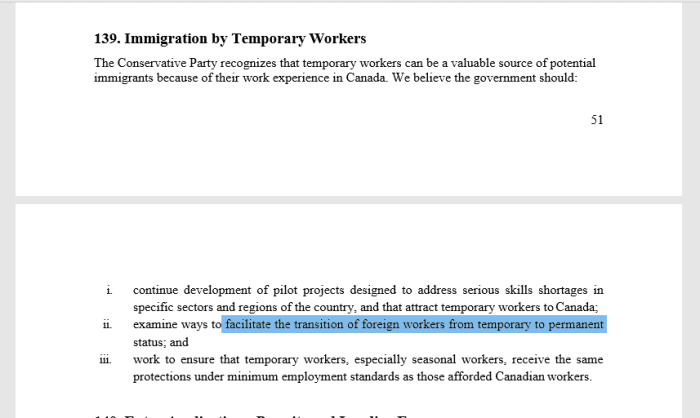
139. Immigration by Temporary Workers The Conservative Party recognizes that temporary workers can be a valuable source of potential immigrants because of their work experience in Canada. We believe the government should:
i. continue development of pilot projects designed to address serious skills shortages in specific sectors and regions of the country, and that attract temporary workers to Canada;
ii. examine ways to facilitate the transition of foreign workers from temporary to permanent status; and
AS has been shown before, Article 139 of the CPC Policy Declaration is to create new immigration pilot programs, and, to transition TEMPORARY workers into PERMANENT residents.
11. How Many Are Really Working?
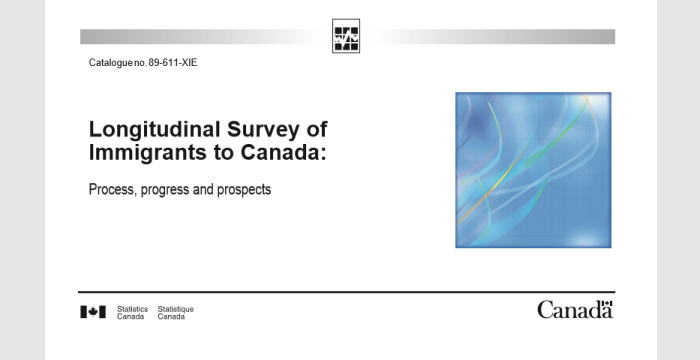
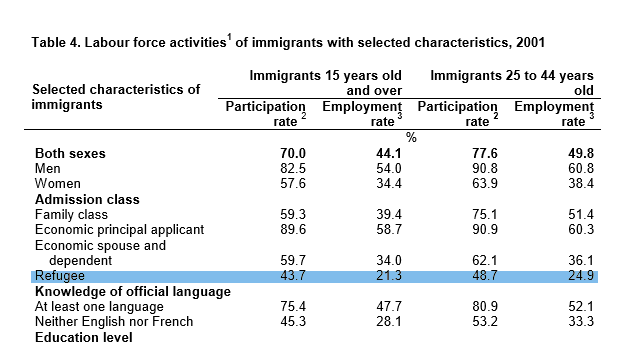
Consider this StatsCan report from 2001. Table 4 includes employment rates. Just 21% of “refugees” in the 15-24 year group were employed years later. The 25-44 group was marginally better, at 25%.
So, a lot of welfare cases, bringing their foreign cultures and often incompatible views with them. But hey, diversity is our strength.

